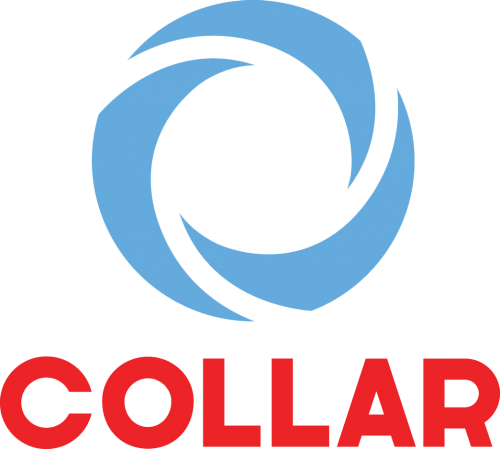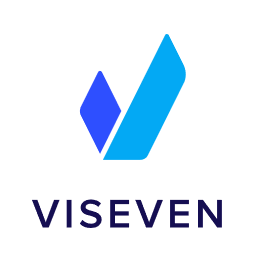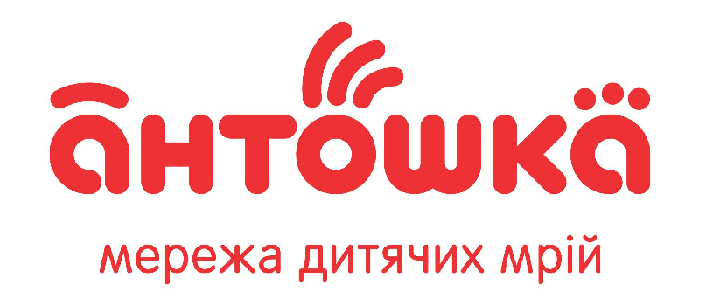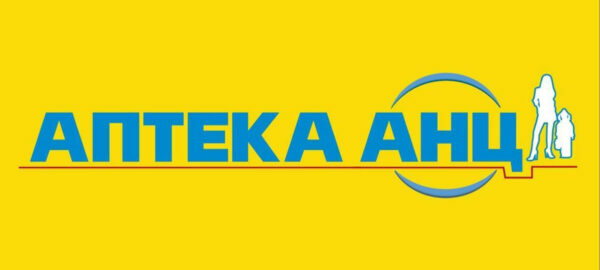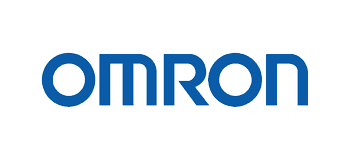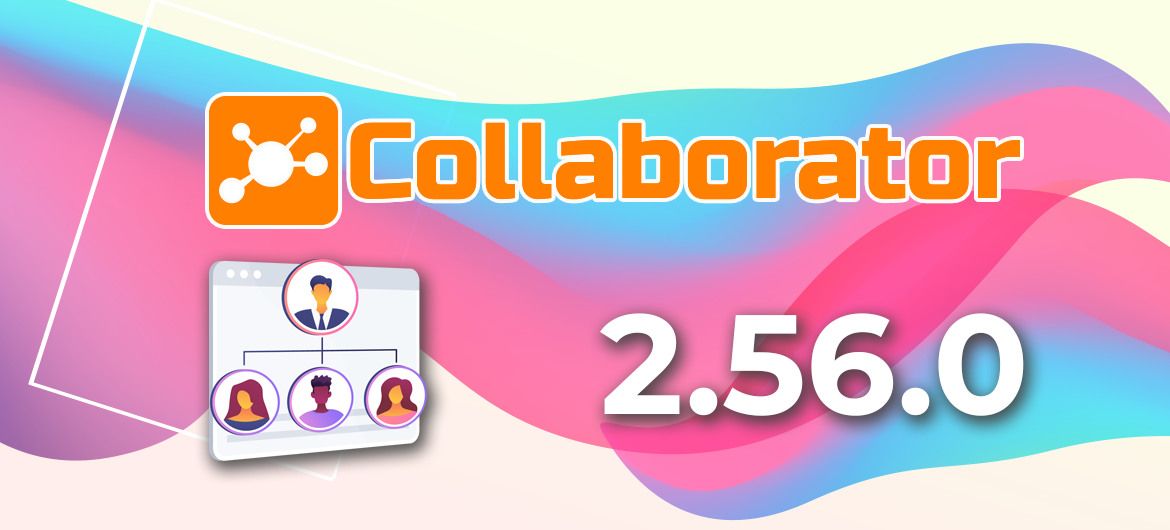
LMS Collaborator 2.56.0 – Organizational structure of the company, adjustment of manually accrued bonuses, setting up comments on evaluation criteria and other updates
Meet the new version – LMS Collaborator v.2.56.0!
1. Company’s organizational structure
The organizational structure in LMS Collaborator helps to store and display information about the functional subordination of employees. It allows you to record the structure and hierarchy of departments, define the positions of employees in the company, and establish connections between managers, colleagues, and subordinates.
Now not only administrators but all portal users have access to this information. On the new Company organizational structure page, employees can view the organization’s structure in a convenient vertical tree format.
Every user can:
- collapse or expand individual branches of the organizational structure,
- change the scale to better see the big picture or focus on the desired level.

This is useful for those who want to quickly navigate the company structure, find out who the head of a particular department is, or which of their colleagues they work with.
2. Setting up the appearance of an organizational structure in contacts
The Contacts section contains information about all employees who are undergoing training at the company. It is convenient to search for colleagues, view their contact information, position, date of birth, and other details.
To make it easier to navigate the reporting structure, this section also includes an organizational chart. Now the administrator can customize the way it is displayed: expanded at once or compactly collapsed.

It allows customizing the page view to meet the needs of the company, for example, to quickly view the overall structure or focus on specific departments.
3. Updates of the Gift shop
The LMS Collaborator “Gift shop” is a gamification tool that helps to further motivate employees to learn. They accumulate bonuses for completing training tasks and can exchange them for interesting gifts – from corporate merchandise to certificates and other goodies.
Read more about the work of the Gift shop here
In this version, we have added several useful updates to the Gift shop.
What’s new?
1. Personalization of gift delivery
When buying a gift, an employee can specify the address where it should be delivered. In addition, a comment can be added to each gift, for example, to indicate the desired size or color of the merchandise.

This data is automatically included in the report, so you don’t need to spend time clarifying the details – everything is immediately visible in the system.
2. Comments on bonus accrual
In addition to completing tasks, you can reward employees with bonuses for other achievements: mentoring, volunteering, participation in projects or internal initiatives, etc. To record what exactly an employee received a bonus for, you can leave a comment for each bonus.

All comments are saved in the Bonus accrual and spending log and help to maintain a transparent and understandable reward history.
3. Adjustment of bonuses
Administrators can deduct bonuses that were awarded manually. For example, if a mistake was made in the amount or bonuses were awarded to the wrong person. This allows you to maintain accuracy, avoid confusion, and maintain trust in the incentive system.

4. Updates for the Assessment
4.1 Comments on the final assessment by competencies
Competencies are one of the key components of employee development, increasing their productivity and achieving the company’s strategic goals. In LMS Collaborator, you can maintain a corporate library of competencies, create job profiles based on it, and organize employee assessments by competencies.
After completing the assessment, the supervisor can summarize the assessment results and assign a final grade for each competency in the Assessment Protocol. If the “Final grade” option is enabled in the assessment settings, the supervisor or administrator can also leave a text comment on it:
- explain why the final grade was assigned;
- provide specific examples of the employee’s actions or decisions that confirm the level of competence;
- indicate areas for development or give recommendations for further growth.
The comment left will be displayed to the employee in the Assessment protocol.

In addition to an open comment, you can leave a hidden comment that only the manager and administrator can see. This can be an internal note about the context of the evaluation, plans for further development of the employee, or a clarification that does not require disclosure.
4.2. Flexible customization of commenting on evaluation criteria
When you evaluate employees, for example, in the format of an appraisal, performance review, or within an assessment center, it is important not only to give a score, but also to justify the score. To do this, in LMS Collaborator, the administrator can enable the function of commenting on the evaluation criteria. And also set the conditions under which the comment field will appear. For example:
- when the score is below the norm – to explain the reasons for poor results and to point out areas for development;
- when the score is above the norm – to emphasize strengths and motivate the employee;
- when the score is within a certain range (e.g., 3 out of 5) – for additional context and clarification.

It helps make the assessment more transparent for both the employee and the manager or HR.
4.3. Notification to the supervisor of the completion of the subordinate’s self-assessment
In some cases, it is important to follow the logic of the assessment process. For example, first, an employee undergoes a self-assessment, and only then is he or she evaluated by the manager and colleagues. This approach helps to assess the employee more accurately by comparing their self-assessment with reality.
To do this, in LMS Collaborator, you can customize the order of filling out the questionnaire by role – determine who should be evaluated and in what sequence. That is, if an employee is to evaluate himself first, then the manager receives the questionnaire only after the subordinate has completed the self-assessment.

The system will send notifications to the manager in time to let him or her know that the employee has already completed his or her part of the assessment:

Why is it convenient?
The manager does not need to check the stage of the evaluation on his own. He or she receives a notification exactly when the stage has arrived. This saves time, increases the accuracy of the assessment according to the logic of the process, and reduces the workload of administrators.
5. Poll by group – Automatically close the poll after a selected answer
Polls are one of the fastest and most effective ways to get quality feedback from your team. In LMS Collaborator, you can adapt the survey format to any task: from completely anonymous surveys to confidential ones where only the author can see the results.
For more complex cases, where it is important to take into account the context or role of the participant, you can use the “group surveys” mode. It allows you to divide the questionnaire into thematic blocks and build a scenario based on the user’s answers.
You can also specify a response that will automatically close the survey. For example, you want to find out about the impression of a recent webinar. In the first question, you specify whether the respondent participated in the event. If they choose the option “I did not attend the webinar,” the survey is immediately completed for them – the system records the status as “completed,” and no additional questions appear.

This saves time and increases the accuracy of the results.
6. Assigning checklists to functional managers
Checklists can be used to verify the standards and processes that employees must follow. They are also used to test knowledge after trainings, monitor the work of subordinates, assess compliance with corporate policies, or collect feedback from the team.
In many companies, not only the immediate manager but also the functional manager checks compliance with standards. For example, a cybersecurity specialist needs to check how employees comply with the internal information security policy. In such cases, it is important that he or she is the one who receives the audit task.
To do this, we have added a new mode for assigning checklist forms to a functional manager. Now, when creating a task, you can choose one of three assignment methods:
- Manual – you determine the checklist performers yourself;
- Manager according to the organizational structure – the task is assigned to the employee’s main manager;
- Functional manager – the task is automatically assigned to the person assigned to the system as a functional manager for a specific role.

7. Updates for reports
In this version, we focused on improving analytics and reporting tools. Now it will be even more convenient for administrators to work with data, monitor user activity, and make decisions based on up-to-date information.
What’s new?
1. Editing the status of the webinar in the report
In LMS Collaborator, the status of completing tasks of the “webinar” type is determined automatically. If an employee joins a webinar through the LMS, they get a “completed” status, if not, they get a “failed” status. However, there are cases when employees connect to a webinar via a direct link from their calendar or email, rather than through the learning portal.
To mark their participation, you can manually change the attendance status in the webinar report after the webinar is over.

All changes are recorded in the task protocol – you can always see who edited the progress status and when, which allows you to maintain transparency and control.
2. Sum of points in the detailed test report
The detailed test report now shows not only the score for each individual question, but also the total score for the entire test. You can quickly evaluate your overall score without additional calculations or exporting to Excel.

3. Filter by organizational structure in the program report
Another filter has been added to the program reports page – according to the company’s organizational structure. You can quickly generate a report for a single department or select several branches of the organizational structure at once. This is useful when you need to evaluate the results of training within a specific area or team.

4. Sorting users by labels in the security log
A new field has been added to the security log – labels. If you have user labels configured (for example, Field staff or Interns), you can filter and analyze the actions of such groups. For example, you can quickly check which devices or browsers users of a certain category used to log in.

5. Fixing changes in access to the Knowledge Base
In LMS Collaborator, you can restrict access to Knowledge Base materials for different groups of employees. This helps to customize visibility so that everyone sees only relevant information. Now all access changes – enabling or disabling restrictions – are also recorded in the security log. This allows you to control who made changes to access and respond to violations in a timely manner.

8. Learning paths – Disabling the assignment of new tasks in completed paths
Learning paths in LMS Collaborator are flexible learning routes that combine tasks of different types and complexity. They can include both linear sequences of tasks and branched scenarios, where the further path depends on the employee’s results. This format allows us to tailor training to the specific role, level of training, and individual needs of the employee.
Read more about the learning paths here
There are cases when an employee has already completed a learning path, but later new tasks are added to it. And although the employee has completed it in full, the system automatically assigns them an updated route. This can be inconvenient, for example, if the path was part of an onboarding or certification that has already been completed and the employee no longer belongs to the target audience of that path.
To avoid such situations, we have added a new option – “Don’t assign new tasks after the completion of the learning path”.

This will help keep the assignments up-to-date and avoid unnecessary learning load for those who have already completed the full route.
9. Knowledge base – Sorting resource search results
In LMS Collaborator, you can build your corporate digital library, accumulating important information about learning and work.
To make your search in the Knowledge base even more convenient, you can sort the search results – choose in which order the materials you find are displayed:
- By relevance – the system automatically determines which materials are most relevant to your query.
- First new – resources that have been updated most recently are displayed at the top.
- First old – useful if you need to go back to the original sources or view materials in chronological order.

10. User import – Protection of manually changed data from overwriting
In some companies, user data in the LMS is automatically synchronized with external systems, such as Active Directory. However, sometimes it happens that some data fields (for example, date of birth or phone number) do not come from an external system. In such cases, administrators fill in this data manually directly in user profiles.
To ensure that this manually entered data is not erased during the next import, you can specify which fields do not need to be overwritten. This allows you to keep the information up-to-date and avoid unnecessary work.

11. Development plans – Setting flexible deadlines for global plans
Development plans are an effective tool for organizing the professional growth of employees. In LMS Collaborator, you can create several development plans for one employee, for example, separately for adaptation, leadership development, or preparation for a new role.
Two types of plans are available:
- Individual – with a personal deadline for each employee. For example, an annual development plan, in which each employee works on their own goals and competencies within the timeframe set for them.
- Global – with the same term for everyone. Often used for development plans that all employees go through at the same time.
However, there are situations when the global plan should be the same in content, but with different deadlines for each employee. For example, during adaptation – when newcomers are assigned the same tasks, but each starts on a different day.
To organize this, when creating such a plan, you can specify the number of days from the date of appointment rather than a specific calendar date of completion.

In this case, the system calculates the deadline individually for each user, depending on the date when the plan was assigned to them.
12. Requests for external learning – Leave a comment if the request is rejected
In addition to internal training, most companies also implement external learning for their employees. They involve third-party experts, specialists, or organizations in this process.
LMS Collaborator helps to facilitate the process of organizing external learning by providing accounting and processing of employee learning requests. All of them are recorded and stored in the system, which helps administrators easily track and manage the learning process.
Learn more about external learning in LMS Collaborator
After choosing an interesting external online course or learning experience, the employee submits an application for learning in the system. After that, it must be approved by the manager or administrator.
To make this process more transparent, we added the ability to leave a comment when a request is rejected. A manager or administrator can briefly explain why they did not approve the learning – for example, if it does not meet development goals or is not provided for in the budget.

This helps to avoid misunderstandings and provides feedback to the employee.
Read about the previous version of LMS Collaborator 2.55.0 here


